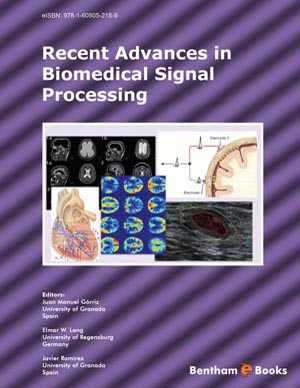Abstract
Alzheimer's Disease (AD) is the most common form of dementia in western countries. Clinical detection is based on a differential diagnosis, whereas a definite confirmation can only be made by examination of brain tissue. Given that AD is a cortical degenerative dementia affecting the cerebral cortex, it is reasonable to think that the analysis of electroencephalographic (EEG) and magnetoencephalographic (MEG) recordings could reflect functional and structural deficits. Although EEG background activity in AD has been extensively analysed, its clinical diagnostic value is limited. On the other hand, only a few studies have focused on MEG disease patterns. For these reasons, the spontaneous MEG activity from 20 patients with a diagnosis of probable AD and 21 controls was analysed. Several parameters were calculated from the power spectrum of the Fourier transform, short-time Fourier transform and wavelet transform, in order to obtain a comprehensive description of the spectral time-varying properties. In this sense, the relative power calculated in conventional EEG frequency bands showed a significant global slowing of the oscillatory MEG activity in AD. Likewise, an overall loss of irregularity in the MEG brain rhythms of AD patients was found with the Shannon, Tsallis and Renyi entropies. Furthermore, the classification accuracy obtained by the classical spectral methods increased when the time-frequency representations were applied. The results, in terms of statistical differences and ability to discriminate between groups, suggest the potential utility of these parameters to describe the cognitive and functional abnormalities of dementia. They can yield complementary information useful in clinical diagnosis and provide further insights on neurophysiological processes associated with AD.
Keywords: magnetoencephalographic (MEG) recordings, Alzheimer's disease, time-frequency representations, relative power, entropy


















